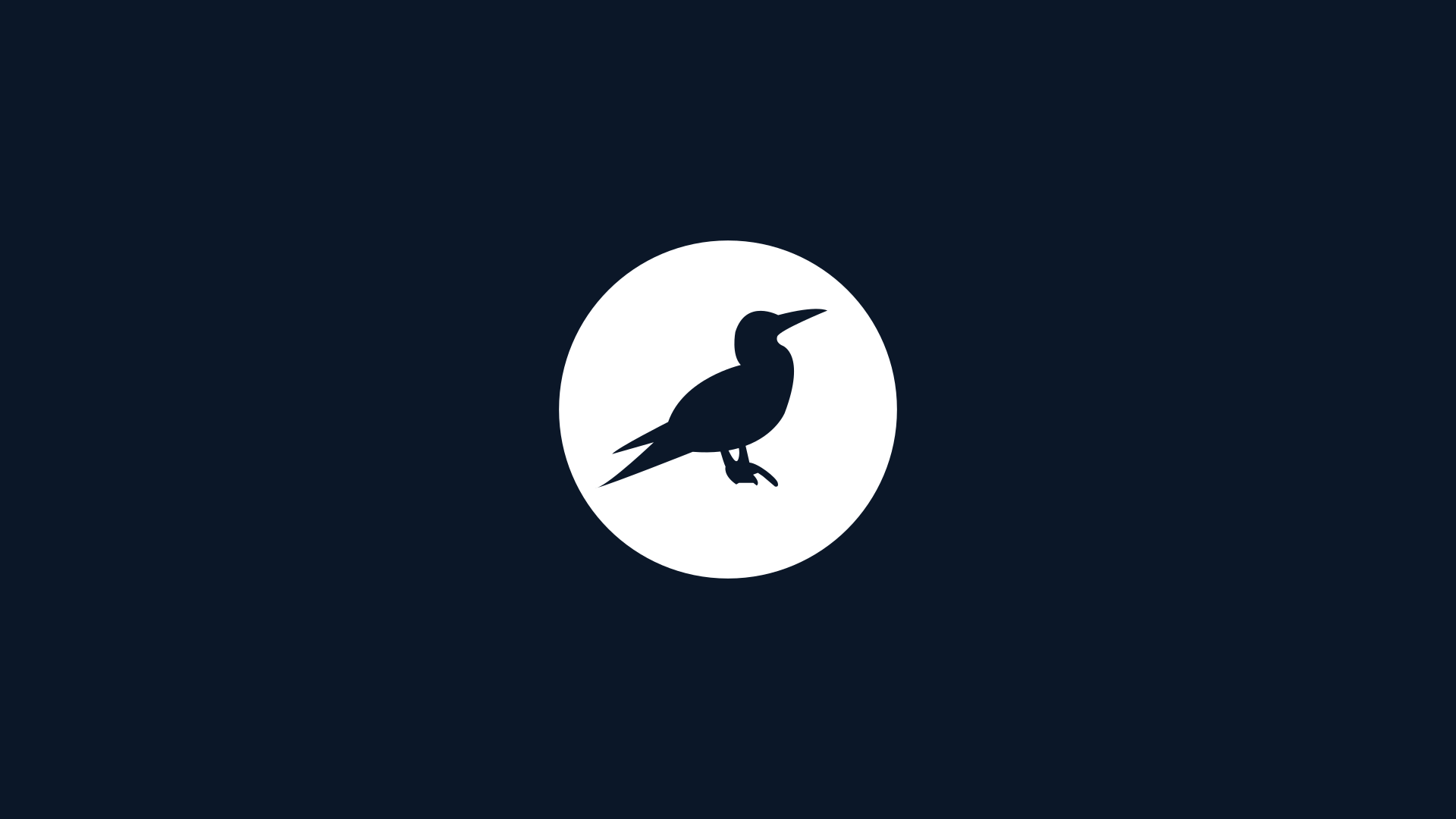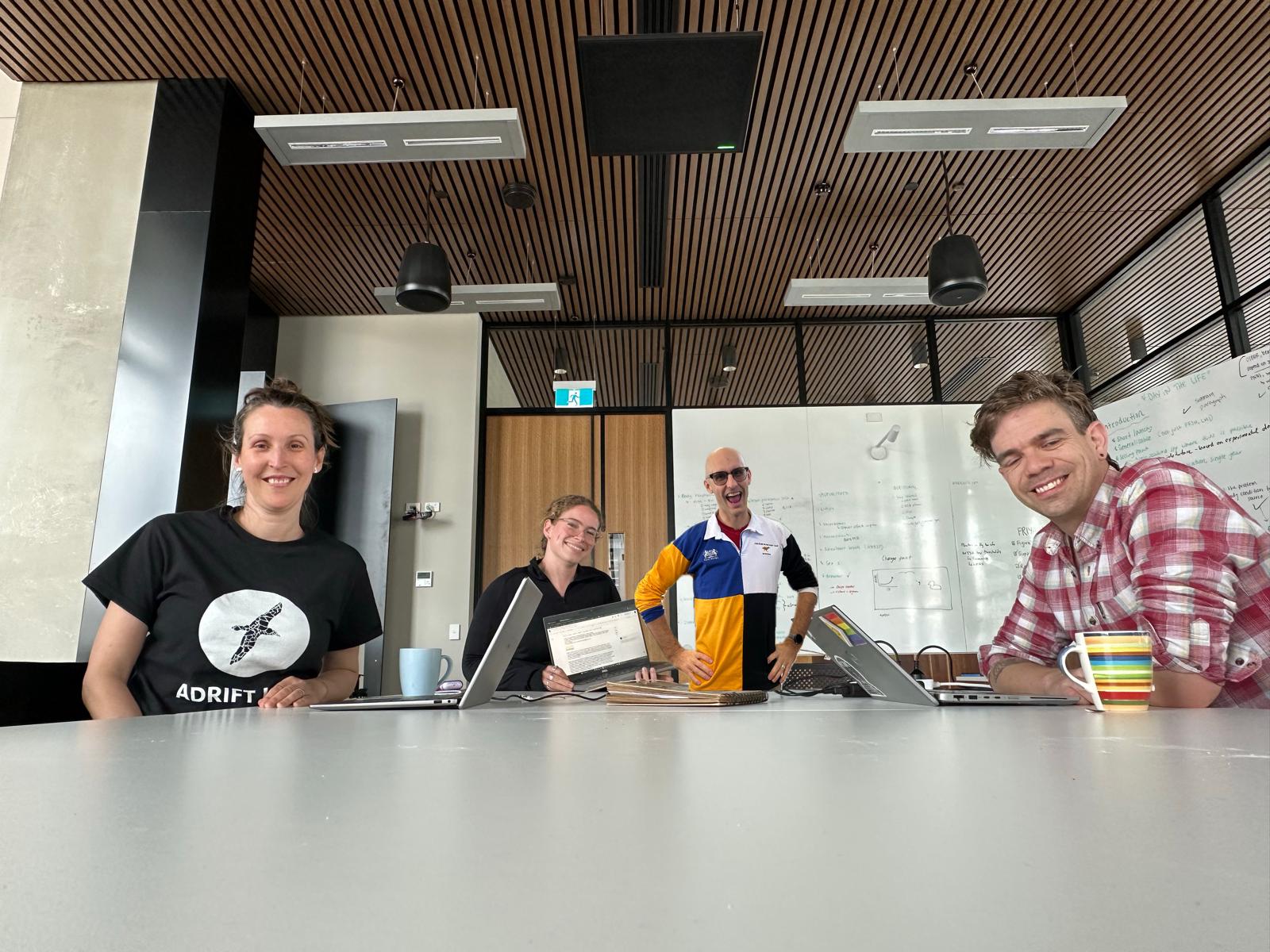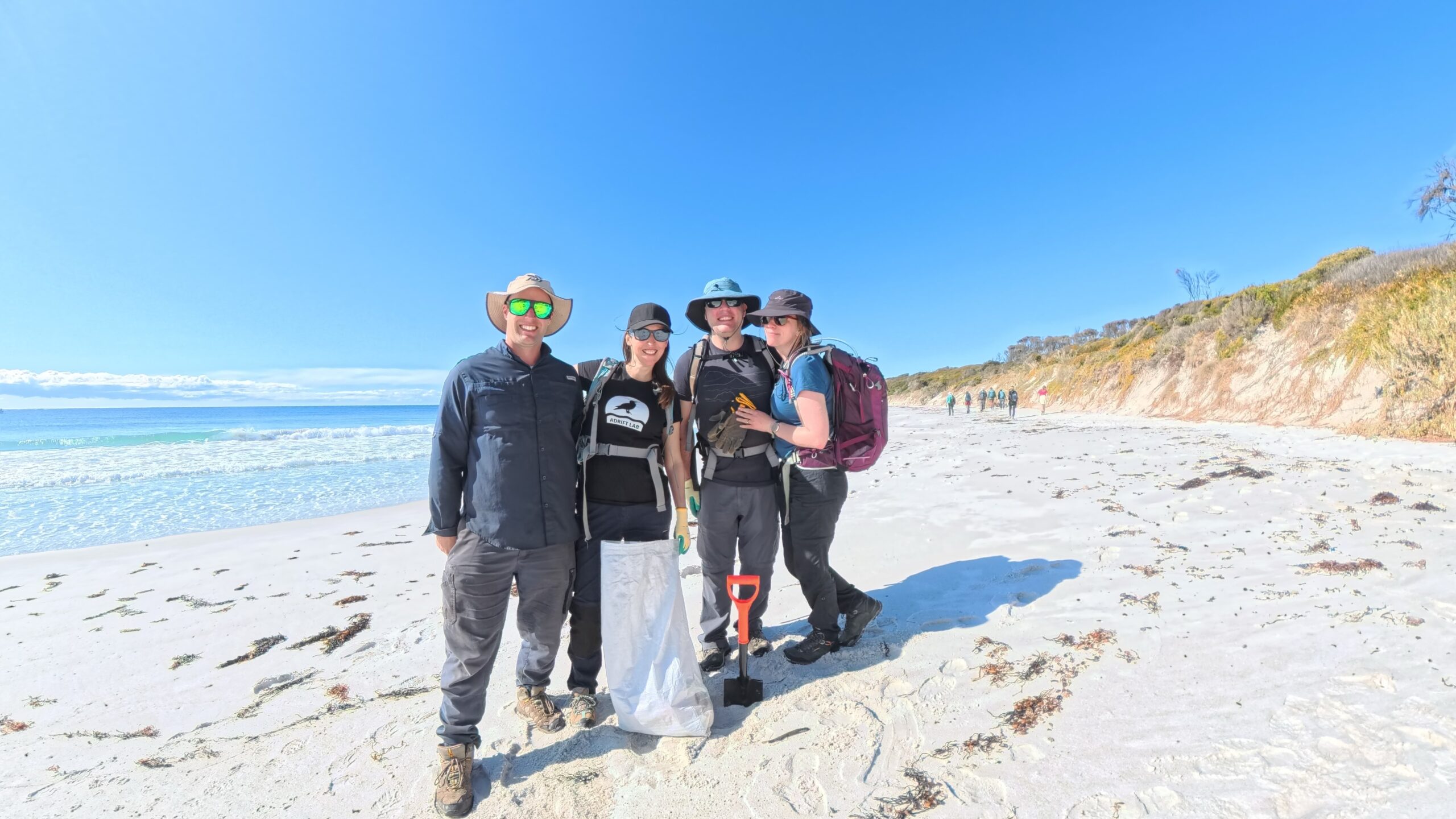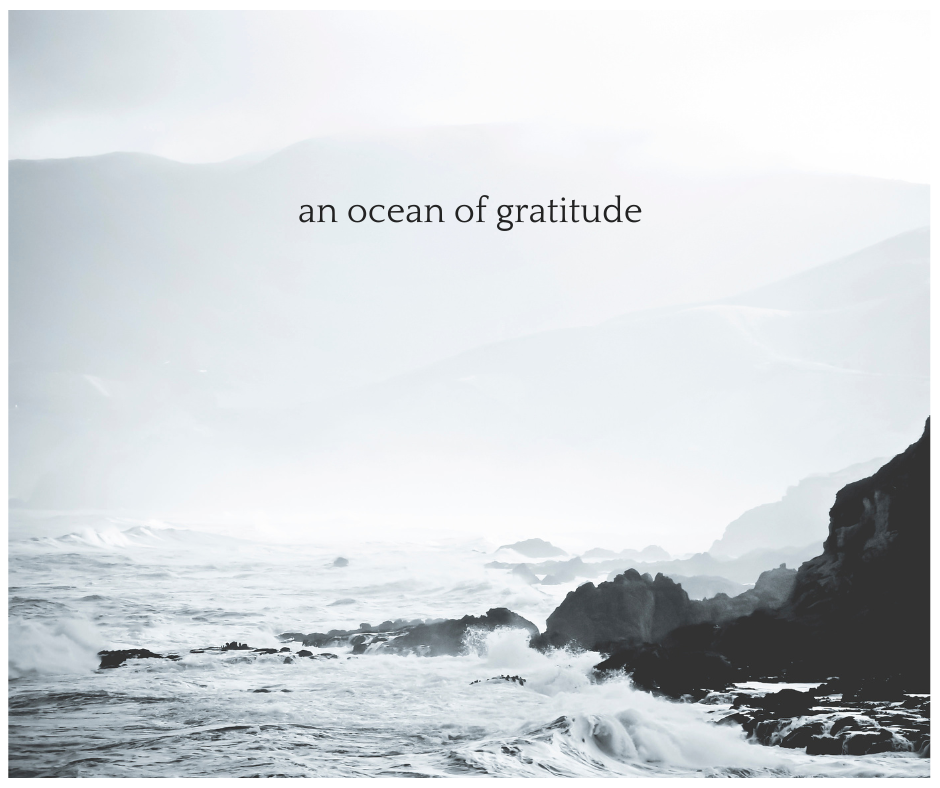New paper demonstrates method for quantifying very small plastic particles

📢COOL NEW PAPER ALERT📢 Three of our incredible #AdriftLab students (Bianca, Karli, and Megan) worked together to develop a new method for quantifying tiny #plastic particles in our #wildlife. They tested #FlowCytometry & found it was a reliable & efficient tool for particles 200 nm–70 μm in size (ie. invisible to the naked eye).
Using this technique, the students asked the question: “what amount of #PlasticPollution have scientists been missing by relying on methods that can’t detect particles this small?”
So, what did we find: up to 553 ± 91 plastics/mg in #seabird guano (two #Australian species). Importantly, we found ~1300x more #nanoplastics using this new method compared with #microplastics counted using existing methods. So, as technology advances, our capacity to detect small particles will improve & studies like ours, demonstrating vastly higher levels of exposure to nanoparticle pollution, will undoubtedly become more common
⭐WHERE TO FIND A COPY?⭐
Can’t access the PDF? Email one of the authors directly, we’re happy to send one!#WomenInSTEM #TeamWork #FTIR #LordHoweIsland #Tasmania
➡️➡️➡️ https://pubs.acs.org/doi/10.1021/acs.est.2c06973 ⬅️⬅️⬅️





